By now, we know the image: the stern gaze, the floral crown, the embroidered dresses that spill stories with every thread. But Frida Kahlo: In Her Own Image, now showing at Bendigo Art Gallery, invites us not to simply observe Frida, but to reckon with her.
And in 2025, perhaps we need Frida more than ever.
What we see in this exhibition is not an artist preserved in myth.
We see a woman who choreographed her suffering into spectacle, who refused invisibility despite chronic pain, political turmoil, and heartbreak. She did not just create portraits—she constructed a self. She designed how the world would see her and, in doing so, reshaped how generations of women would come to see themselves.
This isn't just art on walls. This is Kahlo's closet, her corsets, her compacts. And that’s the radical beauty of this show: it is not obsessed with her fame, but with her fragments.
Those traditional Tehuana dresses she wore? They weren’t just garments. They were armor, heritage, and performance.
In a patriarchal world that often demanded silence and softness, Frida responded with embroidery and eyeliner.
She painted her pain. Then she wore it.
The genius of this curation—led by Circe Henestrosa and presented with reverent intimacy—is that it refuses to separate her art from her appearance. Makeup, dress, and prosthetic become part of the same palette. A painted corset here. A crimson lipstick there. All of it conspires to tell us: identity is a canvas, and we are the brush.
Kahlo anticipated our era’s love affair with self-styling, but her approach had an edge. It was not about validation. It was about assertion. In a culture still wrestling with body image, gender norms, and cultural appropriation, Frida’s story becomes political. Her image is worn on tote bags and tattooed on skin, but this exhibition reminds us why: she gave women permission to be fractured and still feel whole.
And while some might call this show nostalgic, I see it as a provocation. What do we conceal? What do we reveal? Who gets to look, and who gets to define? By placing her cosmetics alongside her corsets, her Tehuana dresses beside her sketches, In Her Own Image argues that Kahlo’s artistry extended beyond the frame. She was always curating, always composing—her life, her body, her gaze.
So, what’s left when the spectacle fades?
For me, it’s a sense of awe.
Not at her resilience—though that’s there—but at her audacity. At a time when women artists were rarely taken seriously, she made herself impossible to ignore.
You leave the gallery not just having seen Kahlo, but feeling seen by her.
In the end, Frida’s legacy isn’t found in the number of portraits she painted or the vividness of her dress. It’s in how she dared to occupy space in a world that wanted her to shrink. That’s why we still look to her.
That’s why we still need her. And that’s why this exhibition matters—not just for art lovers or fashion historians, but for anyone fighting to be fully, fearlessly themselves.
Frida Kahlo: In Her Own Image was conceptualised and curated by Circe Henestrosa, fashion curator and Head of the School of Fashion at LASALLE College of the Arts Singapore, with advising curator Gannit Ankori, PhD, and Henry and Lois Foster, Director and Chief Curator, Rose Art Museum, Brandeis University. Lauren Ellis, Curatorial Manager at Bendigo Art Gallery, is the managing curator for the exhibition in Australia.
Currently showing until 13th July 2025 at Bendigo Art Gallery
Ticket Price: (in Australian dollar)
Adult - $35.00
Concession - $30.00
Bendigo Art Gallery Member - $25.00
Child (5 -18 years)- $20.00
Child (under 5) - FREE
Family (2 adults + 2 children) - $90.00

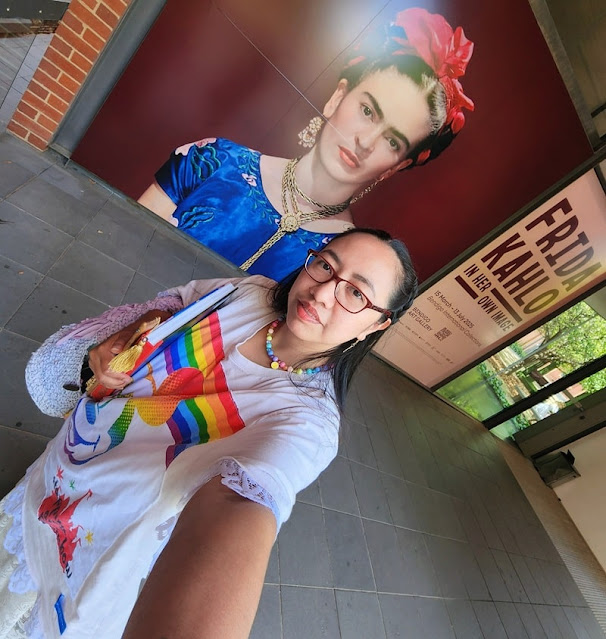




















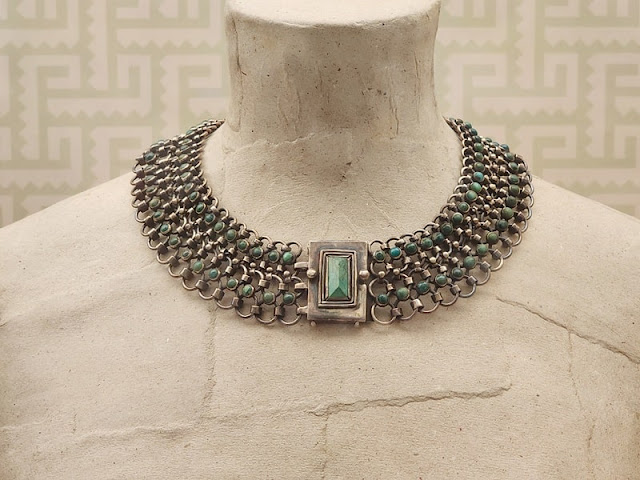





















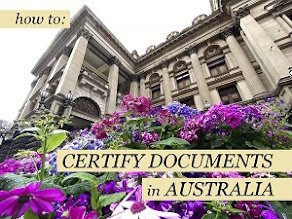
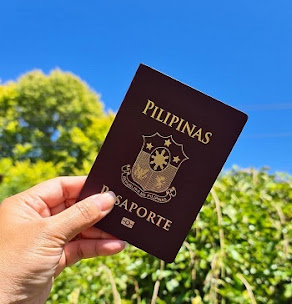

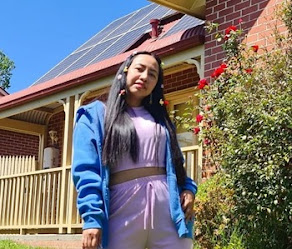


Post a Comment